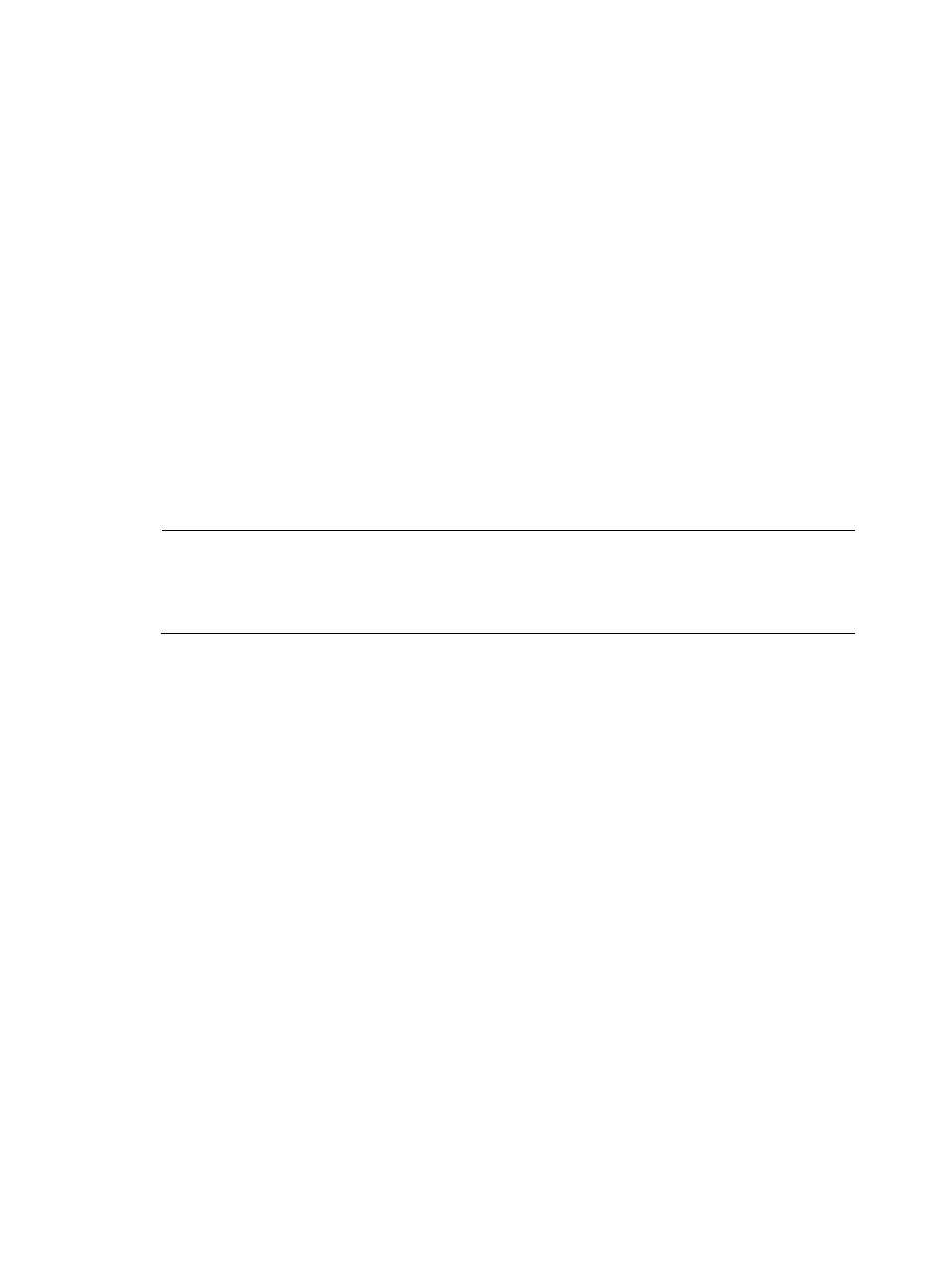Bfd operating modes, Dynamic bfd parameter changes, Bfd packet format – H3C Technologies H3C S12500 Series Switches User Manual
Page 205

194
BFD operating modes
Before a BFD session is established, BFD has two operating modes—active and passive.
•
Active mode—BFD actively sends BFD control packets regardless of whether any BFD control
packet is received from the peer.
•
Passive mode—BFD does not send control packets until a BFD control packet is received from the
peer.
At least one end must operate in active mode for a BFD session to be established.
After a BFD session is established, both ends must operate in one of the following BFD operating modes:
•
Asynchronous mode—Both endpoints periodically send BFD control packets to each other. BFD
considers that the session is down if it receives no BFD control packets within a specific interval.
•
Demand mode—No BFD control packets are exchanged after the session is established. It is
assumed that the endpoints have another way to verify connectivity to each other. However, either
host might still send BFD control packets if needed.
When the connectivity to another system needs to be verified explicitly, a system sends several BFD
control packets that have the Poll (P) bit set at the negotiated transmit interval. If no response is received
within the detection interval, the session is considered down. If the connectivity is found to be up, no more
BFD control packets are sent until the next command is issued.
NOTE:
•
Only the asynchronous mode is supported.
•
When a BFD session is maintained by sending Echo packets, the session is independent of the operating
mode.
Dynamic BFD parameter changes
After a BFD session is established, both ends can negotiate the related BFD parameters, such as the
minimum transmit interval, minimum receive interval, initialization mode, and packet authentication
mode. After that, both ends use the negotiated parameters, without affecting the current session state.
BFD packet format
BFD control packets are encapsulated into UDP packets with port number 3784 for single-hop detection
or port number 4784 for multi-hop detection (also can be 3784 based on the configuration task). BFD
echo packets have a similar format as BFD control packets (except that the Desired Min Tx Interval and
Required Min Rx Interval fields are null) with UDP port number 3785.
illustrates the BFD control
packet format.